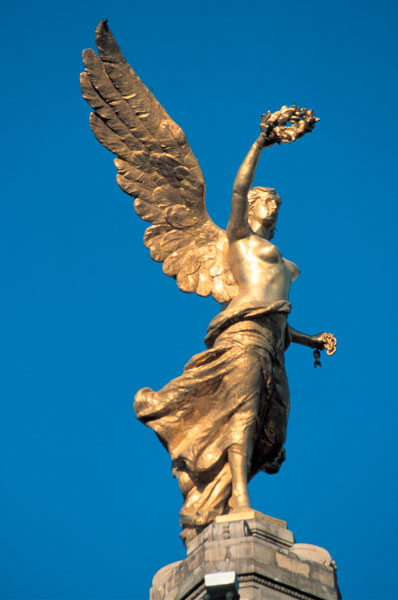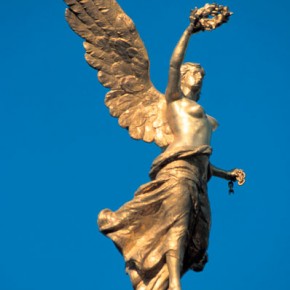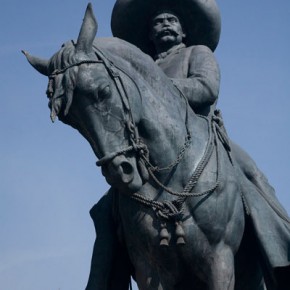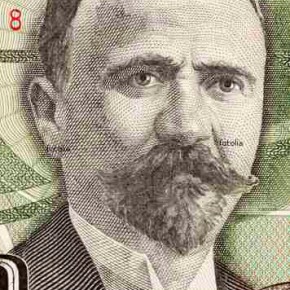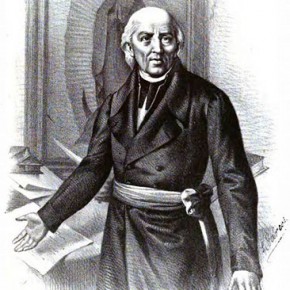The Mexican Revolution of 1910, remains one of a kind in 100 years of social uprising and anti-colonial struggle…
The year 2010, marks the 200-year anniversary of the beginning of Mexico’s fight for Independence from Spain and the 100-year anniversary of the beginning of the Mexican Revolution, making it a very big year to celebrate, to remember and to revive the values and ideals that give sustenance to the Mexican nation. Many educational, political and social projects are planned for the upcoming year, using the anniversaries as an inspiration to look to the values and ideas of Mexico’s founding fathers for realistic and achievable solution’s to Mexico’s challenges today.
Leading up to Independence
The years that followed the Spanish Conquest were devastating on the native Indian population of what is now Mexico. The epidemics that broke out & the merciless workload imposed upon the natives diminished the Indian population from approximately 20 million to 1 million in just 100 years of Spanish rule. In Colonial society there were Spaniards (born in Spain) who were privileged, followed by the Criollos, those born in Mexico of Spanish parentage, Mestizos, the mix-blood offspring, Indios (natives) and lastly, Negros (African slaves). In the end it was the Criollos that were the spark that ignited the Independence movement, because they were treated as second class citizens of the Spanish Crown just because they were born in Mexico.
Influenced by the concepts of liberty, equality and democracy being proposed by the French philosophers Rousseau, Montesquieu, Voltaire, and by the war of Independence in the United States, they decided to start a revolt. It was 1810, and their plan was to start the war on the 2nd of October. Unfortunately, their plans were discovered in early September. They had two alternatives: either abandon their plans, or move faster and start the revolt immediately. Fortunately for Mexico they decided upon the second course. Father Miguel Hidalgo gave the Grito which started the movement on September 16, 1810, saying “My children: a new dispensation comes to us today. Will you receive it? Will you free yourselves? Will you recover the lands stolen three hundred years ago from your forefathers by the hated Spaniards? We must act at once… Will not you defend your religion and your rights as true patriots? Long live our Lady of Guadalupe! Death to bad government! Death to the gachupines!”
The war for independence was a bloody and destructive war. It was an urban movement and Father Miguel Hidalgo´s followers were comprised of those lacking status and social structure, those living on the edges of society. Because of a firearms shortage, both sides fought with lances, knives, slings, and clubs in hand-to-hand combat. The great expense of the war led to the erosion of the economy and commercial trading.
On November 6, 1813, Congress passed an act finally declaring independence from Spain. This however, was not the end of the battle. Decades of instability and corruption continued with conflicts over disputed lands, high taxes, suffrage restrictions, and the removal of local municipal governments that led to more uprisings. From independence to the 1850’s Mexico and its states were governed by military leaders who had fought on both sides. Many liberal reformers claimed that church, army, and indigenous communities must lose their power if the nation was to prosper.
The Mexican Revolution of 1910, remains one of a kind in 100 years of social uprising and anti-colonial struggle. Its effort to remake society and its campaign to create a just society by increasing available income and goods with economic development differs greatly from other social revolutions. As well, it has become known as the wars of national liberation because of taking the opportunity to experiment with social and economic programs that other revolutionaries never would have considered. Essentially, the Revolution was brought on by, disagreement among the Mexican people over the dictatorship of President Porfirio Diaz, who stayed in office for thirty one years. During that time, power was concentrated in the hands of a select few; the people had no power to express their opinions or select their public officials. Wealth was likewise concentrated in the hands of the few, and injustice was everywhere, in the cities and the countryside alike.
Francisco I. Madero was one of the strongest believers that President Díaz should renounce his power and not seek re-election. Also a new generation of young leaders arose who believed that they could assume their proper role in Mexican politics once President Díaz announced publicly that Mexico was ready for democracy. Unfortunately, peace was not to come to this country for a while. Several Revolutionary leaders couldn’t settle their differences, and many commanders wanted immediate change, which was impossible to accomplish.
In 1914 a new Revolutionary movement emerged with unprecedented force. It was called the Constitutionalist Movement. Many of the radical leaders lost their battles to the Constitutionalists. Using their experience, the Movement gained American support by opening the border for supplies, then persuading urban workers and intellectuals by equating themselves with democracy and progress.
In 1917, they successfully completed the first modern constitution, addressing not only the formal structure of government but also the unresolved social issues that had started the Revolution. Once the fighting between revolutionary groups ended in 1920, the Mexicans began the reconstruction of their nation under the Constitution of 1917, the crowning achievement of the Revolution.
- The Angel of Independence Statue in Mexico City. Photo by Carlos Sanchez
- Statue of Revolutionary Hero Emiliano Zapata in Toluca. Photo by Bill Perry
- Francisco I. Madero, called the Apostle of Democracy, was president of Mexico from 1911 – 1913 but was ousted by Victoriano Huerta and assassinated, shown on a 500-peso note from 1984. Photo by Georgios Kollidas.
- Priest Miguel Hidalgo led the call to arms for independence. Called El Grito, his call is repeated every year in Mexico City by Mexico’s presidents and in Independence Day celebrations across the country at midnight on September 15.

